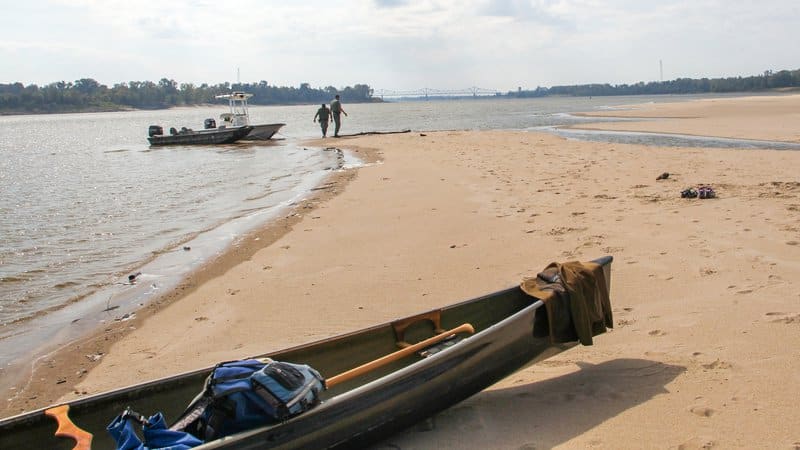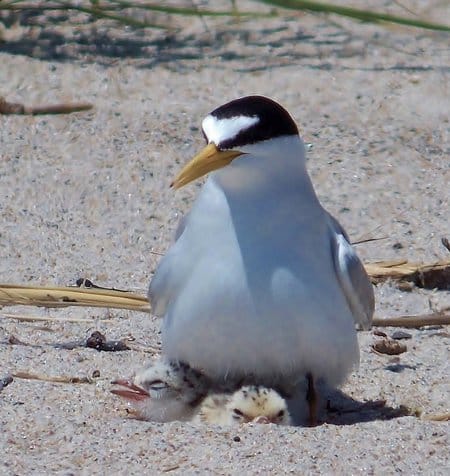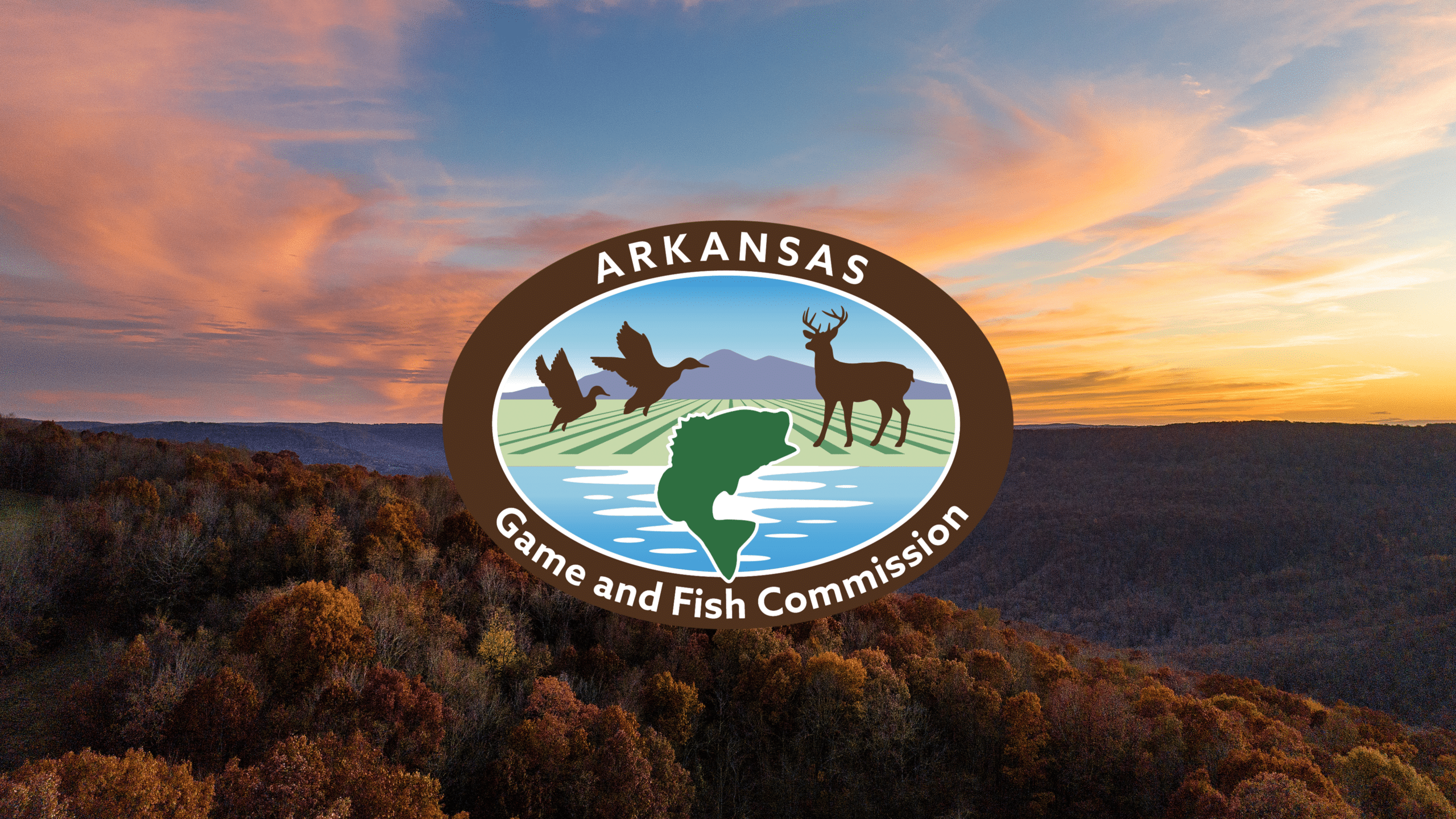Rare Mississippi River management area offers isolated experience for explorers at heart
ON 04-26-2023

April 26, 2023
Randy Zellers
Assistant Chief of Communications
HELENA — A trip to Buck Island Wildlife Management Area may take a little extra effort, but it offers an unspoiled view of the Mississippi River few have the pleasure of experiencing. The 1,510-acre island in the Mississippi River just north of Helena River Park is accessible only by boat and is an excellent point for advanced paddlers to begin the journey to Freddie Black Choctaw Island WMA 106 river miles south along the Lower Mississippi River Water Trail.
Originally purchased by the American Land Conservancy in 2005, Buck Island was opened to public access through a conservation easement to the AGFC in 2011 and donated to the AGFC the following year. Ron Nassar, U.S. Fish and Wildlife Service Coordinator for the Lower Mississippi River Conservation Committee praised the action, stating, “Buck Island is truly a treasure hidden in plain sight, but new public access to the island lets people experience Mark Twain’s river in a whole new way.”
Buck Island is a three-minute boat trip from the public boat ramp in Helena Harbor, which is maintained by the city of Helena.
Visitors should note that safe access and the amount of island available to pursue outdoor activities is at the whim of the mighty Mississippi. Much of the WMA is subject to flooding when the river reaches 36 feet at the Helena gauge. When the river is lower, however, the island comes alive with all sorts of colorful Neotropical migratory birds and wildlife.

On the Arkansas side of the island a small channel separates a bottomland hardwood forest from the mainland along its 3-mile length. A massive sandbar on the island’s northeast side is exposed when the river is at normal pool, deposited by slowing water in a turn of the river being maintained by jetties placed by the Army Corps of Engineers.
The gravel sandbars created by the rising and falling river levels set the stage for nesting habitat for the least tern, a relatively small shorebird once listed as Federally endangered and still of great conservation concern in the interior of the United States. These gull-like birds nest in gravel near sandy beaches and are extremely susceptible to nest failure by well-meaning wildlife watchers and pets wandering the shoreline. At Buck Island WMA, however, there may be a bit of protection offered along the river’s edge. According to biologists who have surveyed the area, the gravel bars on the eastern bank of the island which are conducive to nesting terns is surrounded by an expansive mud flat that makes travel from the river to that critical area difficult. The better, easier access, and foot traffic, is on the west side of the island where the water ends in a more vertical bank leading into the bottomland hardwood forest.
According to hotspot maps available through eBird, an online birdwatching tool, the island has also had a sighting of peregrine falcon, which will use open areas like mudflats and sandbars to hunt. And because this island rests right in the base of the funnel of the Mississippi Flyway, thousands of Neotropical migrants are likely to be viewed during their travels between nesting sites in northern climates and the warm southern lands where they overwinter.
The property is open to public hunting, and a few dedicated hunters have learned that the area’s 1,000 or so acres of hardwood forests can hold some deer that are relatively unpressured because of the lack of truck access. Put simply, Buck Island is the ideal candidate for those who simply enjoy the treasures found off the beaten path.
####
CUTLINES:
Boats on Beach
Buck Island WMA in Phillips County offers a rare look at the mighty Mississippi. AGFC photo.
Bird with chicks
The interior least tern was once listed on the Federal Endangered Species List and is still a species of greatest conservation need in Arkansas. Photo credit Kaiti Titherington, U.S. Fish and Wildlife Service.
Recent News

Schoenrock chosen to lead AGFC
Apr. 21, 2025

AGFC Commissioner Meeting Notice
Apr. 21, 2025
Subscribe to Our Weekly Newsletter E-mails
Don’t miss another issue. Sign up now to receive the AGFC Wildlife Weekly Newsletter in your mailbox every Wednesday afternoon (Waterfowl Reports are published weekly during waterfowl season and periodically outside the season). Fishing Reports arrive on Thursdays. Fill in the following fields and hit submit. Thanks, and welcome!
